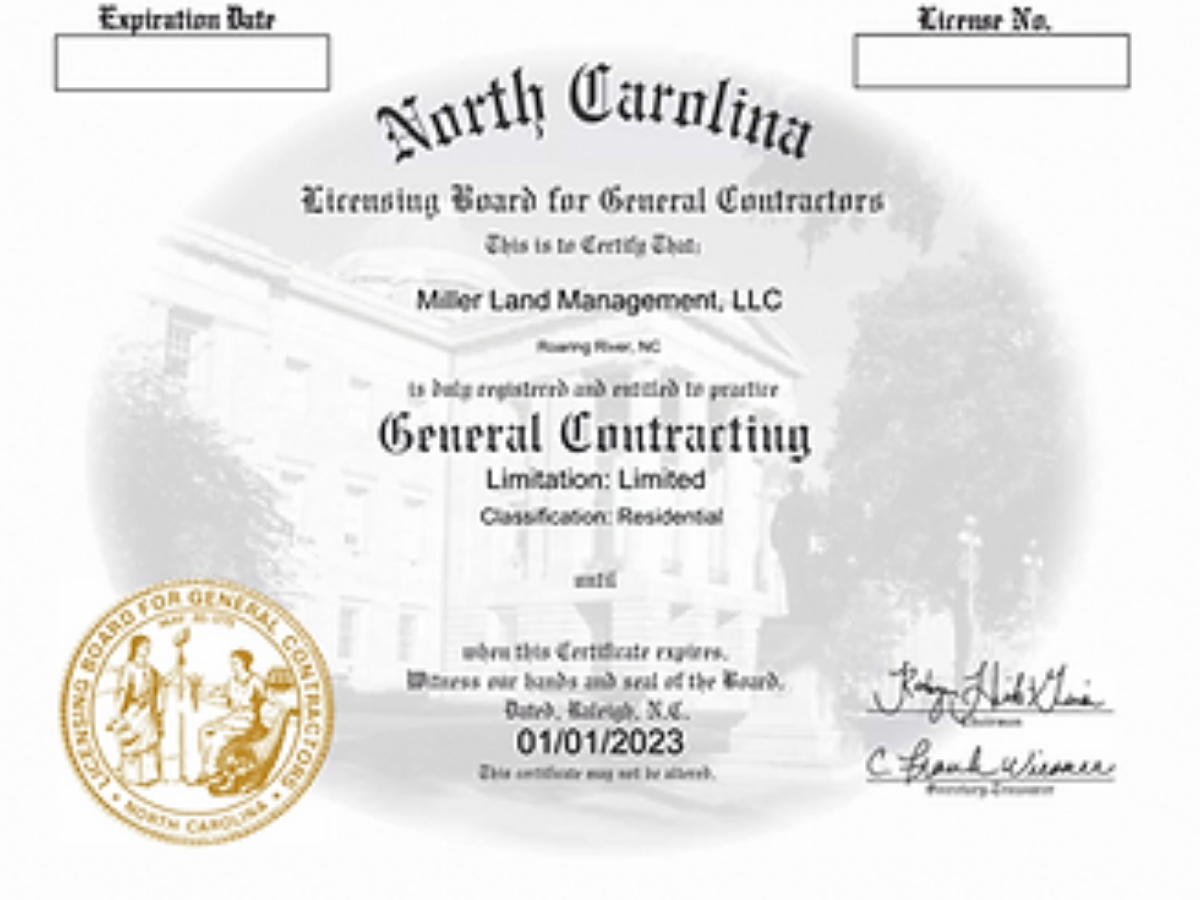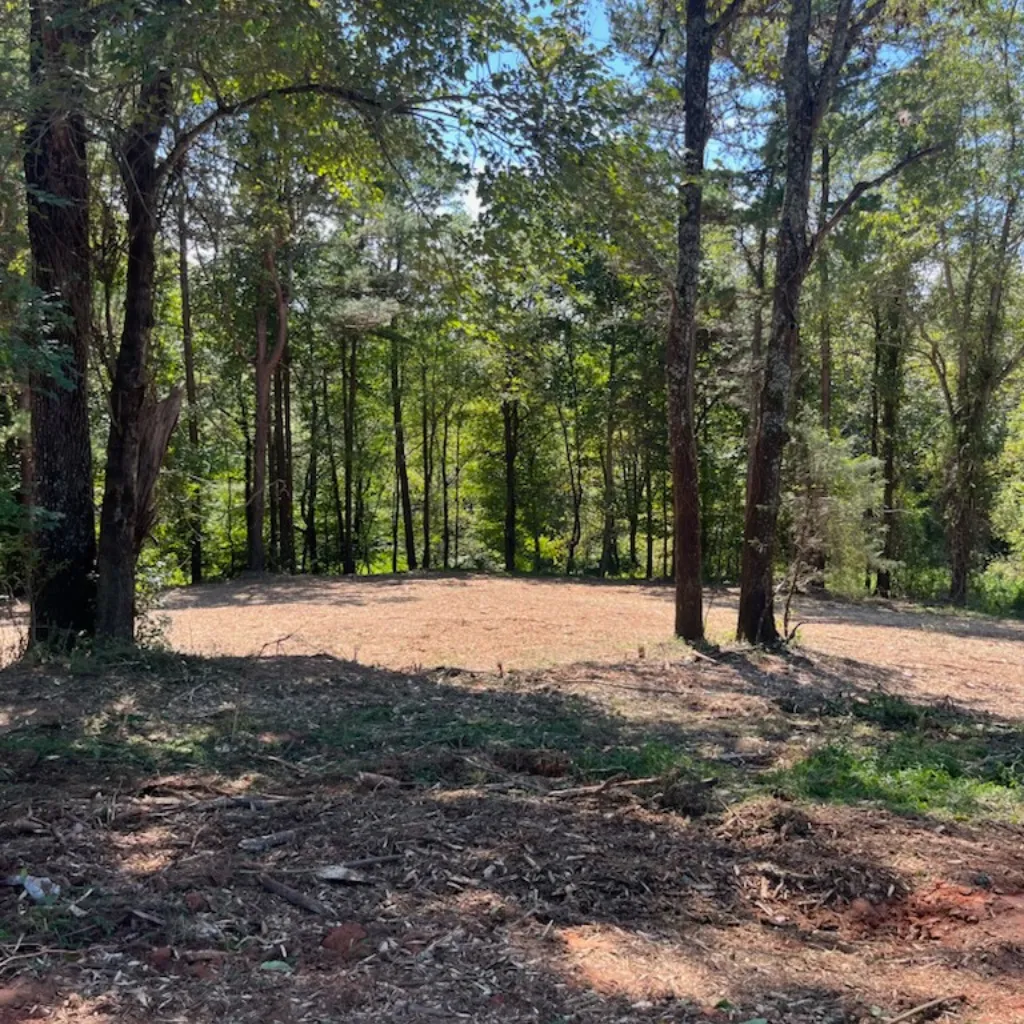
FAMILY OWNED
SINCE 2019
LAND CLEARING
GRADING
LEVEL IV SEPTICFORESTRY MULCHING • LAND CLEARING • GRADING • LEVEL IV SEPTIC INSTALLER
PROFESSIONAL
GENERAL CONTRACTOR
IN NORTH CAROLINAPROFESSIONAL GENERAL
CONTRACTOR IN NORTH CAROLINA
Miller Land Management, LLC is a Licensed General Contractor in North Carolina.
- 5 Years of Experience
- Certified in NC & VA as a Level IV Septic Installer and Inspector
- Skilled Experts with Extensive Construction Experience
- Committed to Delivering High-Quality Results
- Timely Project Completion


Professional Land Management Services
Miller Land Management, LLC offers professional land management services in North Carolina, tailored for residential and commercial needs, ensuring quality solutions for every project.

Level IV Septic Installer and Inspector
Miller Land Management, LLC offers expert septic system installations and inspections, meeting the highest safety and compliance standards as a Certified Level IV Installer and Inspector.
What Our Customers Are Saying
I cannot say enough about how pleased I am with Miller Land Management, LLC. Jeremy showed up when he said he would be there, ready to work. I have never had mulching done before and was unsure of what to expect. I never thought he would accomplish so much in one day. The transformation of the property is amazing, I started the day with barely a trail for my four wheeler, I now have access to the whole property with an awesome wide road. If you are not familiar with a mulching machine, it's amazing what it can accomplish. Worth every Penny, 100 men could not have accomplished what he did in one day. I will be using their services again and highly recommend you call them for your land management needs.
Visit Our Location
Find Miller Land Management, LLC and get in touch with our team for all your land management needs in North Carolina.
Get In Touch
Ready to transform your property? Contact Miller Land Management, LLC today for professional land management services.
Services
Forestry Mulching
Land Clearing
Grading
Level IV Septic InstallationForestry Mulching • Land Clearing • Grading • Level IV Septic Installation
